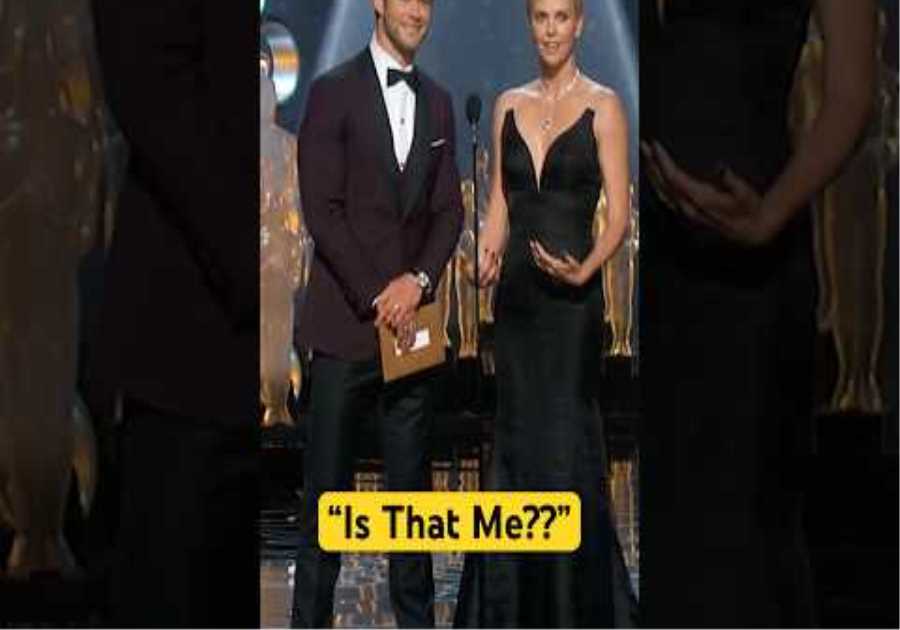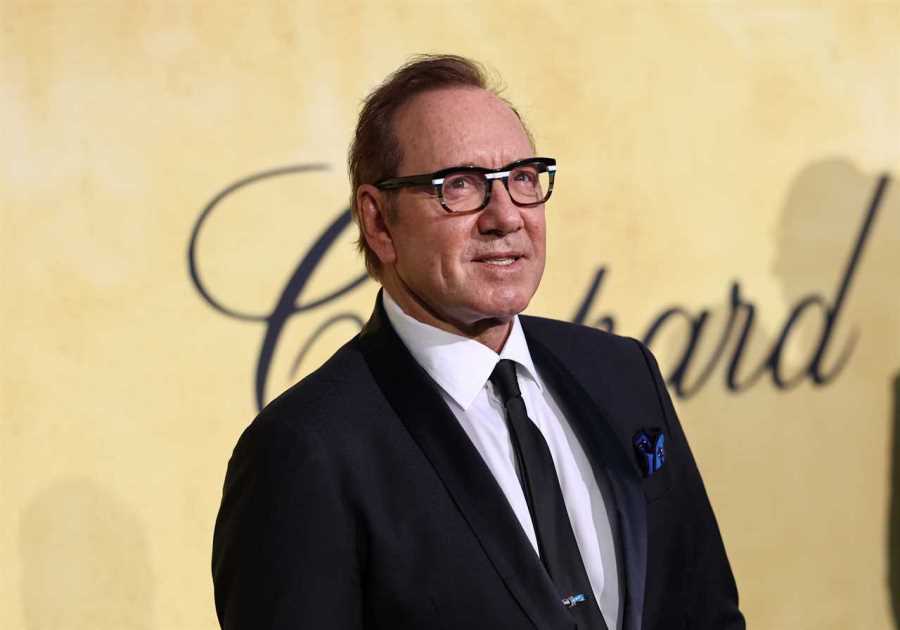
The 2023 FIFA Women’s World Cup is over has been over for the USWNT for some time. While it technically came to an end in the round of 16, you can make the case that they entered the tournament too far behind the eight ball to ever stand a chance.
In a nail-biting penalty shootout with their familiar Swedish foes, the Americans’ hopes of a three-peat were dashed by just millimeters. The result was heartbreaking for the fans, and devastating for the players, but not entirely unexpected. A poor group stage performance brought a common complaint: This was not the USWNT everyone knew. The squad that fought for a historic equal pay agreement that’s since become a blueprint for other club and national teams striving for change. The team that won back-to-back World Cup titles with flair, confidence, and an undeniable certainty that led to them deservedly being called the best women’s soccer team in the world. The team that put football (the global version) on the map in the States had been replaced by a disjointed, out-of-synch mix of veterans and youngsters with enough natural talent and international experience that watching them squander it felt perplexing, almost maddeningly so.
There’s a nuance in losing that goes unnoticed when a team as dominant as the U.S. does it. Their early ousting wasn’t simply the result of one poor performance or one coach. It certainly can’t be assigned to the pre-match outfits the players wore or how they celebrated advancing out of the group stage despite disappointing themselves on the pitch. Instead, it was a series of choices — some made on the field, some made on the sidelines, and some made by a system and federation that’s struggled to bridge the gap between its old guard and its new, its professional leagues and college pipelines, its youth level and its national squad, and the way it courts both homegrown and overseas talent. Players like Tobin Heath and Christen Press have touched on this, as have NWSL breakouts like Midge Purce, who’s given candid commentary on the USWNT’s performance in this most recent tournament. The fix won’t be quick or easy. It certainly won’t end with the latest announcement of coach Vlatko Andonovski’s resignation. But it does come with a deadline, one that’s less than a year away and can be found in France, the country where the USWNT won the World Cup just four years ago.
Can the USWNT be ready in time to make a gold medal run for the 2024 Olympics? That question is now the question on everyone’s minds. And what will that roster look like – especially with veterans like Megan Rapinoe and Julie Ertz calling it quits while veteran standouts like Alex Morgan, Kelley O’Hara, and Alyssa Naeher begin to age out of competition? The team’s guard is changing and with that comes the chance for the next generation to redefine what the landscape of soccer in America looks like. For grandfathered-in fans who’ve been with these athletes for decades, that’s both terrifying and exciting. It’s also a reason to hope — for something new, different, and maybe even better than what’s come before.
Hope is what fans should feel when they see Naomi Girma — the 23-year-old defender from the San Diego Wave — navigate the back line with the kind of ease, precision, and confidence that no player with just 20 caps should have at her age. Hope is watching Emily Sonnett — an underrated workhorse for the national team who can play anywhere on the pitch — finally earn her due respect by shoring up a midfield that felt lost all tournament long and made fans believe in the team’s ability to win once more. Hope is a fist-pumping Andi Sullivan setting the tone for the team’s shootout performance, Kristie Mewis using her one touch to sink a left-footed strike from the penalty spot, and Naeher making history as the first keeper to score a penalty kick in both the men and women’s tournaments. Their 2023 campaign may have ended cruelly, but they’re athletes, used to the fleeting joy of victory and the never-ending “what ifs” of loss and they’ll bounce back.
Plenty of players from the USWNT have returned to their clubs in the NWSL and elsewhere, training for when the league restarts play this month and the Challenge Cup finals begin. They’re readying too for the inaugural 2024 CONCACAF W Gold Cup in early 2024 before setting their sights on Paris in July. We might not be able to predict who will make the squad under interim coach Twila Kilgore for upcoming friendlies this fall, or what the roster looks like under whichever coach the federation picks next year, but there are plenty of players to pay attention to over the next few months.
The New Veterans
Names like Lindsey Horan — who served as the USWNT’s co-captain at this year’s tournament — Rose Lavelle, Crystal Dunn, Mewis, Sofia Huerta, and Lynn Williams should be familiar to U.S. fans by now. They’ve been with some iteration of the national squad for years, with some earning their first World Cup caps this summer while others have hoisted a trophy or two in the past. Horan heads back to France to play with her club team, Lyon, while Mewis and Williams return to Gotham FC, currently sitting in third place in the NWSL standings. Lavelle and Sonnett are both heading back to the OL Reign while Sullivan goes to the Washington Spirit.
The USWNT has a handful of recognizable stars on the injured list as well, like Press, Heath, Sam Mewis, and Mallory Swanson. They’ll likely be vital in leading the team in the next four years but as of now, they’re all working to get back to fitness and their availability for the Olympic roster is still in question.
The Rising Rookies
The USWNT may have fumbled their introduction a bit, but the next generation of American soccer talent is already here and they’ve gained valuable experience on the international stage this summer. Sophia Smith barely played as a true nine in the World Cup, but if fans are curious to see how threatening she is up top, they can watch her continue to break goal-scoring records with the Thorns this fall. Trinity Rodman, another striker with pace, is in the Washington Spirit’s starting lineup along with Ashley Sanchez, a versatile and scrappy midfielder who deserved more time in Australia and New Zealand.
Girma heads back to the San Diego Wave, a team currently fighting for a spot in the playoffs, while 18-year-old phenom Alyssa Thompson rejoins Angel City FC. Midfielder Savannah DeMelo was having an outstanding NWSL season before getting the surprise call up, so she’ll likely continue to perform well with her club, Racing Louisville, while Emily Fox — who joined Girma as one of the most consistent and reliable players on the 2023 USWNT — goes back to the NC Courage, along with the US’ backup goalkeeper, Casey Murphy.
The Contenders
The talent pool for the U.S. is deep, so deep that even after listing the veterans and newbies that managed to make the squad in 2023, fans still have a miles-long roster to pick from when it comes to potential crest-wearers next year. One of the most prominent examples is Chelsea FC’s Catarina Macario, a player often heralded as the future of the U.S. women’s game, who didn’t play this summer while returning from injury. Then there’s Mia Fishel, another goal-scoring wonder, who’s also joined Chelsea’s side this season. Gotham FC’s Midge Purce, Orlando Pride’s Messiah Bright, and Washington Spirit’s Ashley Hatch all deserve to be in the conversation for their attacking abilities, while lesser-known names like Olivia Moultrie (Portland Thorns), Jaedyn Shaw (San Diego Wave), and Sam Coffey (Portland Thorns) could help fill out the USWNT’s midfield.
The Question Marks
Despite the influx of younger players fighting for spots on the USWNT’s roster, the squad has some proven veterans who can not only compete, but provide invaluable leadership to the next generation as they make their way through the ranks. Julie Ertz said following the Sweden game that she will retire, but currently, she’s starting at Angel City FC and is in good form. Could she be convinced to come back for one last tournament in 2024? Dunn fast-tracked her return from maternity leave to help the USWNT at this year’s World Cup, too. She wasn’t at her best, but her pace and skill on the ball might convince a new coach to put her in the midfield (where she plays for the Thorns) instead of the backline. O’Hara is still working on her fitness after coming back from injury, but she is an influential player among the squad and has always been dependable as an outside back. Alex Morgan, who struggled to find the back of the net this summer, is back with the San Diego Wave and ready to find her footing once more. And Naeher, who’s also part of the older guard of the USWNT, is largely why the squad was able to make it through both the group and a tough 90+ minute battle with Sweden. She anchored the team during the World Cup and she’ll be needed again next year at the Olympics.
The main takeaway is that the USWNT will be fine. They’ll regroup and reshape themselves, pulling new talent and reconfiguring how and where they play their proven stars. Any talk of era-ending, dynasty-falling performances from this World Cup should be put on pause until new coaches and, more importantly, new strategies for fostering playmakers at the youth, college, and professional levels can be decided on. Until then, just enjoy watching these athletes compete with their clubs and make a case for why they could turn the tide for the team next year.
-----------------------
By: Jessica Toomer
Title: What Could The USWNT Look Like At The 2024 Summer Olympics?
Sourced From: uproxx.com/sports/uswnt-players-roster-paris-olympics-2024-nwsl/
Published Date: Fri, 18 Aug 2023 21:28:51 +0000






